Filter by

An Introduction to Chinese History and Culture
This book breaks with convention and provides an overview of Chinese history in the form of special topics. These topics include the major issues of “A Scientific Approach to the Origins of Chinese Civilization,” “Ancient Chinese Society and the Change of Dynasties,” “The Golden Ages of the Han, Tang and Qing Dynasties: a Comparative Analysis,” “Transportation Systems and Cultural…
- Edition
- Ed. 1
- ISBN/ISSN
- 978-3-662-46482-3
- Collation
- X, 467
- Series Title
- China Academic Library
- Call Number
- 306 ZHA i
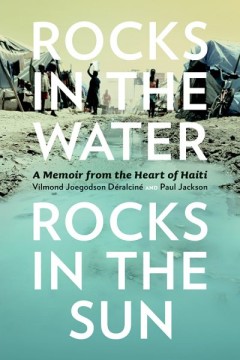
Rocks in the Water, Rocks in the Sun A Memoir from the Heart of Haiti
When Joegodson Déralciné was still a small child, his parents left rural Haiti to resettle in the rapidly growing zones of Port-au-Prince. As his family entered the city in 1986, Duvalier and his dictatorship exited. Haitians, once terrorized under Duvalier’s reign, were liberated and emboldened to believe that they could take control of their lives. But how? Joining hundreds of thousands o…
- Edition
- -
- ISBN/ISSN
- 9781771990110.01
- Collation
- -
- Series Title
- Our Lives: Diary, Memoir, and Letters
- Call Number
- 390 pages
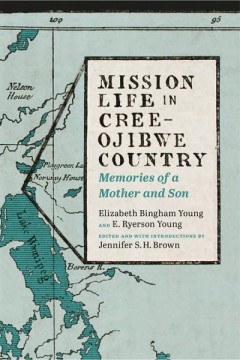
Mission Life in Cree-Ojibwe Country Memories of a Mother and Son
In May of 1868, Elizabeth Bingham Young and her new husband, Egerton Ryerson Young, began a long journey from Hamilton, Ontario, to the Methodist mission of Rossville. For the next eight years, Elizabeth supported her husband’s work at two mission houses, Norway House and then Berens River. Unprepared for the difficult conditions and the “eight months long” winter, and unimpressed with �…
- Edition
- Jennifer S. H. Brown
- ISBN/ISSN
- 9781771990035.01
- Collation
- -
- Series Title
- Our Lives: Diary, Memoir, and Letters
- Call Number
- 336 pages
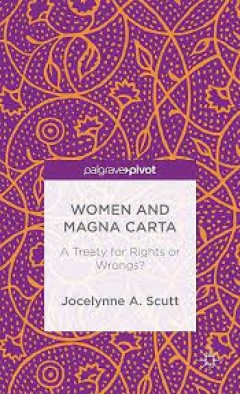
Women and The Magna Carta A Treaty for Control or Freedom
On the eight-hundredth anniversary of the Magna Carta, Women and the Magna Carta investigates what the charter meant for women's rights and freedoms from an historical and legal perspective.
- Edition
- -
- ISBN/ISSN
- 978-1-137-56235-7
- Collation
- -
- Series Title
- -
- Call Number
- -

An Illustrated History of Health and Fitness, from Pre-History to our Post-Mo…
This book examines the health/fitness interaction in an historical context. Beginning in primitive hunter-gatherer communities, where survival required adequate physical activity, it goes on to consider changes in health and physical activity at subsequent stages in the evolution of “civilization.” It focuses on the health impacts of a growing understanding of medicine and physiology, and t…
- Edition
- Ed. 1
- ISBN/ISSN
- 978-3-319-11671-6
- Collation
- XXII, 1077
- Series Title
- Studies in History and Philosophy of Science
- Call Number
- 610 SHE i
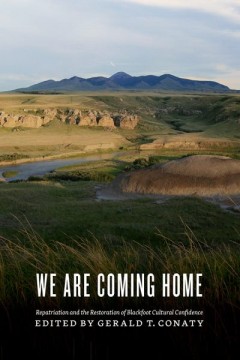
We Are Coming Home Repatriation and the Restoration of Blackfoot Cultural Co…
In 1990, Gerald Conaty was hired as senior curator of ethnology at the Glenbow Museum, with the particular mandate of improving the museum’s relationship with Aboriginal communities. That same year, the Glenbow had taken its first tentative steps toward repatriation by returning sacred objects to First Nations’ peoples. These efforts drew harsh criticism from members of the provincial gover…
- Edition
- -
- ISBN/ISSN
- 9781771990172.01
- Collation
- -
- Series Title
- -
- Call Number
- 304 pages

Imagining Head-Smashed-In Aboriginal Buffalo Hunting on the Northern Plains
At the place known as Head-Smashed-In in southwestern Alberta, Aboriginal people practiced a form of group hunting for nearly 6,000 years before European contact. The large communal bison traps of the Plains were the single greatest food-getting method ever developed in human history. Hunters, working with their knowledge of the land and of buffalo behaviour, drove their quarry over a cliff and…
- Edition
- -
- ISBN/ISSN
- 9781897425046.01
- Collation
- -
- Series Title
- -
- Call Number
- 6.5 x 9.25, 361 pages

Why Prove it Again? Alternative Proofs in Mathematical Practice
This monograph considers several well-known mathematical theorems and asks the question, “Why prove it again?” while examining alternative proofs. It explores the different rationales mathematicians may have for pursuing and presenting new proofs of previously established results, as well as how they judge whether two proofs of a given result are different. While a number of books have exam…
- Edition
- -
- ISBN/ISSN
- 978-3-319-17368-9
- Collation
- XI, 204
- Series Title
- -
- Call Number
- -
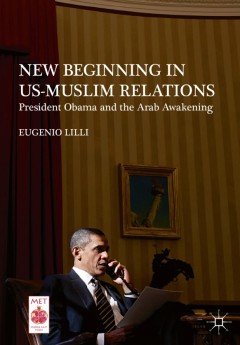
New Beginning in US-Muslim Relations
“In this clear, richly researched, and compelling book, Eugenio Lilli demonstrates that President Obama’s Middle Eastern policies reflect ‘Liberal Talk, Realist Thinking.’ In a wide-ranging study, which includes analysis of the recent Arab uprisings, Lilli argues that there was no re-setting of America’s relationship with the Middle east. On the contrary, US policy under Obama remaine…
- Edition
- 1
- ISBN/ISSN
- 978-1-137-58623-0
- Collation
- XIV, 302
- Series Title
- Middle East Today
- Call Number
- -
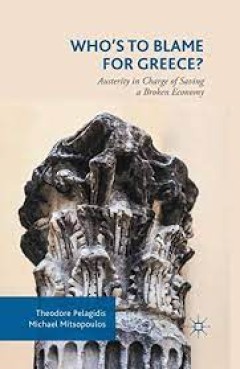
Who’s to Blame for Greece? Austerity in Charge of Saving a Broken Economy
Greece's economy symbolizes in many ways the Eurozone's economic problems and divergent interests as it amasses most of the economic disadvantages characterizing the Eurozone's economy itself. This book presents the economic and political challenges to Greece and the EU member states.
- Edition
- -
- ISBN/ISSN
- 978-1-137-54920-4
- Collation
- XV, 236
- Series Title
- -
- Call Number
- -
 Computer Science, Information & General Works
Computer Science, Information & General Works  Philosophy & Psychology
Philosophy & Psychology  Religion
Religion  Social Sciences
Social Sciences  Language
Language  Pure Science
Pure Science  Applied Sciences
Applied Sciences  Art & Recreation
Art & Recreation  Literature
Literature  History & Geography
History & Geography